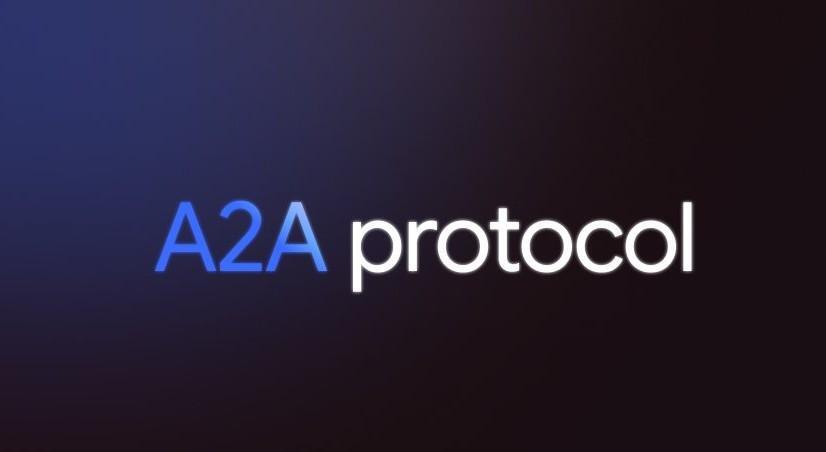
Google Launches A2A Protocol to Enhance AI Agent Synergy
Artificial Intelligence (AI) has revolutionized the way businesses operate, making it possible to automate tasks, improve efficiency, and enhance decision-making processes. One of the most significant areas of AI application is in the realm of agent-based systems, where AI agents interact with humans, other agents, and the environment to achieve specific goals. However, the lack of standardization in AI agent communication has hindered the seamless integration of agents across different systems and applications. To address this challenge, Google has launched Agent2Agent (A2A), a new open-source protocol designed to enable AI agents to communicate with each other securely and efficiently.
What is A2A Protocol?
A2A is an open-source protocol developed by Google to facilitate seamless communication between AI agents from various systems and applications. The protocol enables AI agents to securely exchange information, coordinate actions, and work together to achieve common goals. A2A is designed to be platform-agnostic, allowing developers to build agents that can connect with any other agent built using the protocol.
Key Features of A2A Protocol
The A2A protocol offers several key features that make it an ideal solution for building AI agent-based systems. Some of the key features include:
- Interoperability: A2A enables AI agents to communicate with each other, regardless of the underlying platform or application.
- Security: The protocol ensures secure communication between AI agents, using advanced encryption and authentication mechanisms.
- Scalability: A2A is designed to handle large-scale agent interactions, making it suitable for complex systems and applications.
- Flexibility: The protocol allows developers to customize the communication flow and agent behavior to suit specific use cases.
Benefits of A2A Protocol
The A2A protocol offers several benefits to developers, businesses, and organizations. Some of the key benefits include:
- Improved Collaboration: A2A enables AI agents to work together seamlessly, facilitating more effective collaboration and decision-making.
- Enhanced Efficiency: The protocol reduces the complexity and overhead associated with integrating AI agents from different systems and applications.
- Increased Flexibility: A2A allows developers to build agents that can adapt to changing environments and requirements.
- Improved Security: The protocol’s advanced security features ensure that AI agents communicate securely and protect sensitive information.
Use Cases for A2A Protocol
The A2A protocol has a wide range of use cases across various industries and applications. Some of the key use cases include:
- Customer Service Chatbots: A2A enables chatbots from different platforms to communicate and collaborate, providing a more seamless and integrated customer experience.
- Supply Chain Management: The protocol can be used to integrate AI agents from different supply chain systems, enabling more efficient and effective logistics management.
- Financial Services: A2A can be used to integrate AI agents from different financial systems, enabling more accurate and efficient risk analysis and portfolio management.
- Healthcare: The protocol can be used to integrate AI agents from different healthcare systems, enabling more accurate and efficient diagnosis and treatment.
Conclusion
The A2A protocol marks a significant milestone in the development of AI agent-based systems. By enabling seamless communication and collaboration between AI agents from different systems and applications, A2A has the potential to revolutionize the way businesses operate. With its open-source nature, A2A provides developers with a flexible and customizable solution for building AI agents that can work together to achieve common goals.
Source: https://developers.googleblog.com/en/a2a-a-new-era-of-agent-interoperability/






